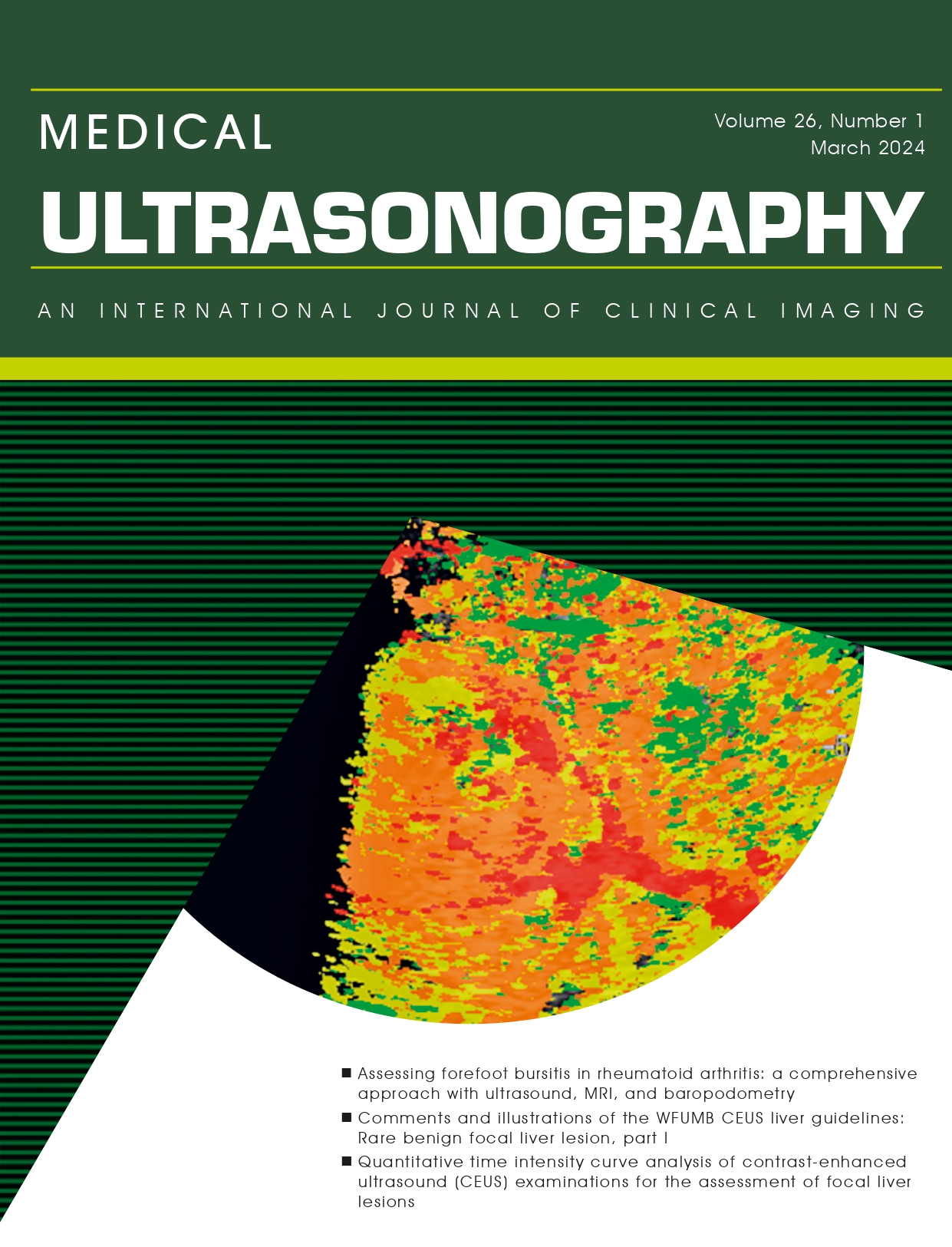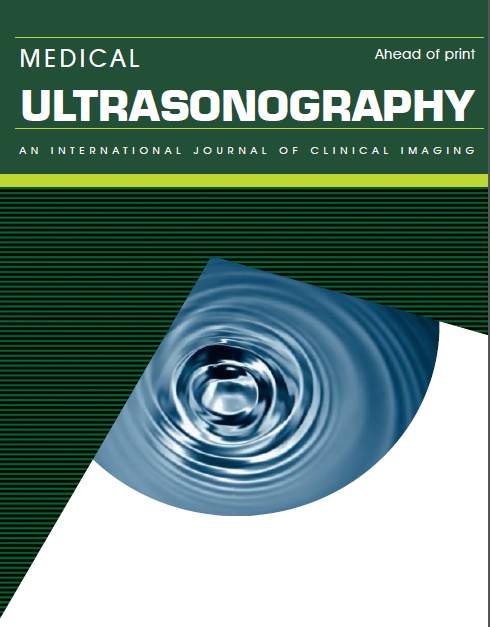Optimal head rotation angle for safe right internal jugular vein catheterization using out-of-plane approach: an ultrasonography study
Abstract
Aim: The most common complication following internal jugular vein catheterization is the puncture of the common carotid
artery. We aimed to find an optimal head rotation angle for safe vein catheter insertion while minimizing the risk of artery
puncture.
Materials and methods: Eighty-two patients admitted to the intensive care unit were included in the prospective study. Ultrasound examination of the neck vessels on the right side was performed in the neutral position and at a head rotation of 15°, 30°, 45° and 60° to the left. Internal jugular vein and common carotid artery puncture angle, overlapping angle of vein by artery and vein safe puncture angle were evaluated.
Results: The internal jugular vein puncture angle increased with head rotation from the neutral position to 30° and 45° and was largest at 60° (p<0.001 for all). The overlapping angle increased significantly at 45° and 60° rotation compared with the neutral position (p<0.001 for all). The vein safe puncture angle was highest at 30° and significantly different from the neutral position and 60° (p=0.003 and p=0.013, respectively).
Conclusions: When performing right internal jugular vein catheterization without ultrasound guidance by using an out-of-plane technique, the head should be rotated at 30°, because the overlapping angle increases with further head rotation and can increase the risk of artery puncture.
Keywords
DOI: http://dx.doi.org/10.11152/mu-2019
Refbacks
- There are currently no refbacks.




